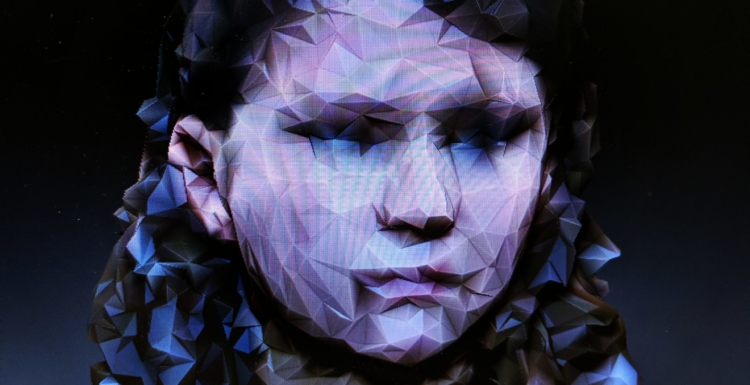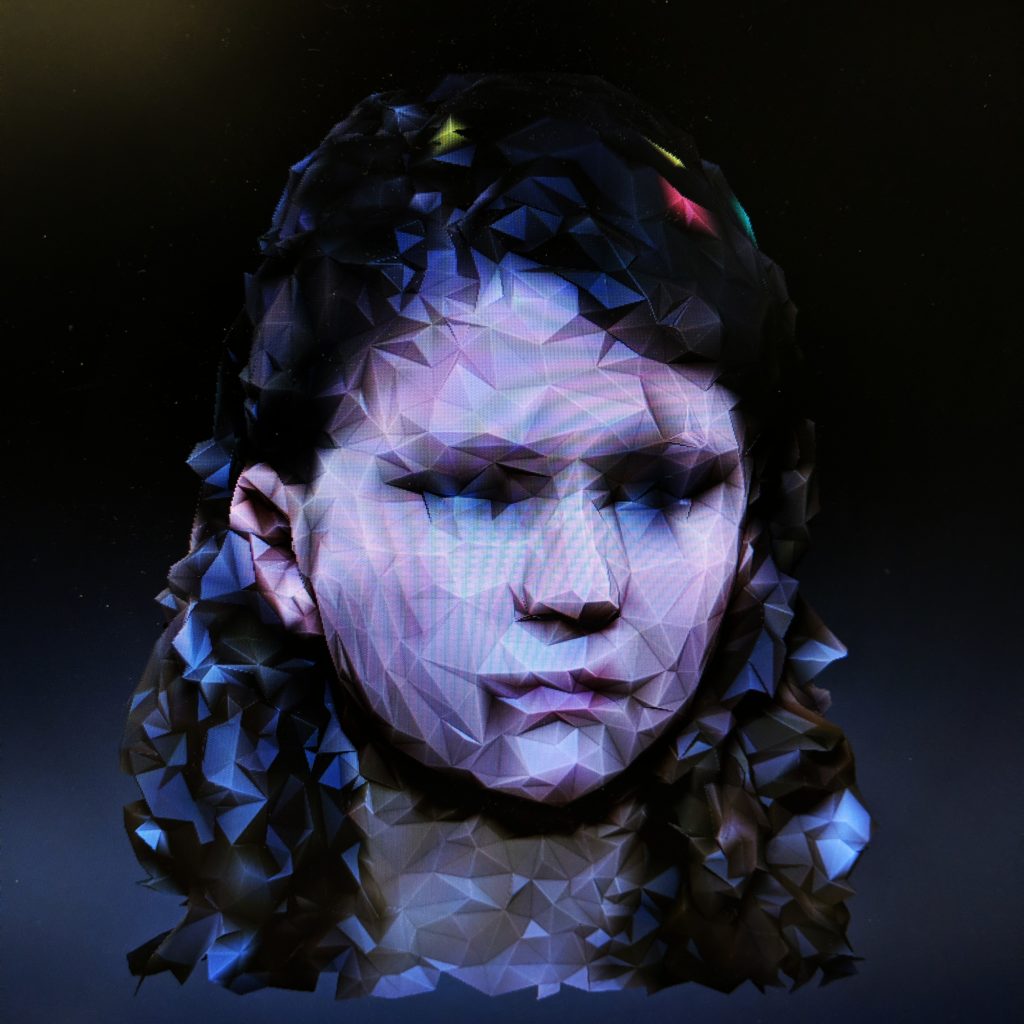
Introducing Digital Art Drop-Ins with Prof. Natasha Warshawsky
Wednesday, February 24th, 2021
PCA&D students who are working to expand and refine their digital art skills don’t have to work alone to puzzle out assignments, find inspiration, or practice a new technology taught in the classroom.
Every Wednesday from 7:30-9 pm, an online Digital Art Drop-In gives PCA&D students a way to explore, to catch demos, to reinforce what they’re already learning, and get help troubleshooting sticking points — or just to hang out, absorb what other artists are up to, and maybe spark some ideas. The informal sessions are led by Prof. Natasha Warshawsky, a 3D digital artist and member of the Animation & Game Art faculty.
The drop-ins are a great chance, Warshawsky says, “to troubleshoot problems or get general advice. ‘Photoshop ate my homework!’ No software is off limits — if we can’t find an answer right away we can at least figure out what to research. All are welcome to hang out, faculty too! I find streaming with people helps me focus!”
Tell us about the Wednesday night Digital Art Drop-Ins and what you hope that the students will take away from the experience?
NW: Our new Wednesday night Digital Art Drop-Ins are going to be a regular weekly event where I will be live on camera and streaming demos, answering questions, and chatting about all things digital media. We’ve already received a few requests for topics that I’m excited to get into, but students can also bring their own work if they want me to look at it.
When you were learning how to create art with digital software, what were your biggest challenges and how did you persevere through those challenges?
NW: My formal education was very immersed in software and technology, so I struggled more with what I felt were gaps in art foundation. When I eventually felt comfortable navigating computer graphics software, I still struggled with feeling like the visuals I was producing were garbage even if they were produced “correctly” or technically sound. All the stuff we learn in intro drawing classes, composition, light/color is the stuff that makes everything look good. It doesn’t matter what graphics card you’re using if you don’t actively understand and practice all the basic principles of visual art.
I persevered through practice and repetition, and I make sure I have friends and colleagues that I trust their critique. I also became somewhat “anti-photorealism” in CG (Computer Graphics). If you want to understand “technically sound but terrible design” in computer graphics, look at Cats, Sonic the Hedgehog, or Detective Pikachu. I strongly believe these recent films are a result of software-focused education and not putting art directors in charge.
When students come to you with questions what are your favorite issues or problems to solve? What advice do you give students for problem solving?
NW: My favorite problems are the ones that really stump me! If I have to look something up too, it turns into a learning moment. I guess I’d also have to say some of the most interesting problems lately are with 3D character rigs. It’s always fun to see someone’s character explode and get put back together.
In every class I’ve taught, I talk about the soft-skill “learning to Google.” It sounds funny, but it’s extremely important for any professional to know how to troubleshoot their own problems first. Often it’s about understanding enough of the vocabulary of what you’re working on to know how to look something up when needed. My other piece of advice is to always be friends with IT.
“This is a great chance to troubleshoot or get general advice … No software is off limits — if we can’t find an answer right away we can at least figure out what to research. All are welcome to hang out!”
— Prof. Natasha Warshawsky
What are some of your favorite works of art?
NW: In the new media world, some favorite artists of mine are David OReilly, Kytten Janae, Julian Glander. Their work is all very different but they could all be described as independent animation directors.
What is your favorite aspect of teaching?
NW: Teaching is one of the few jobs where it’s acceptable to talk about animation and computer graphics all day long. The field is constantly changing, so it is never boring. Working with students provides a constant challenge to stay ahead and sharp.
PCA&D students who wish to attend a Digital Art Drop-In, held each Wednesday from 7:30-9 pm, should email learningcommons@pcad.edu or mpostlewait@pcad.edu for the link.

